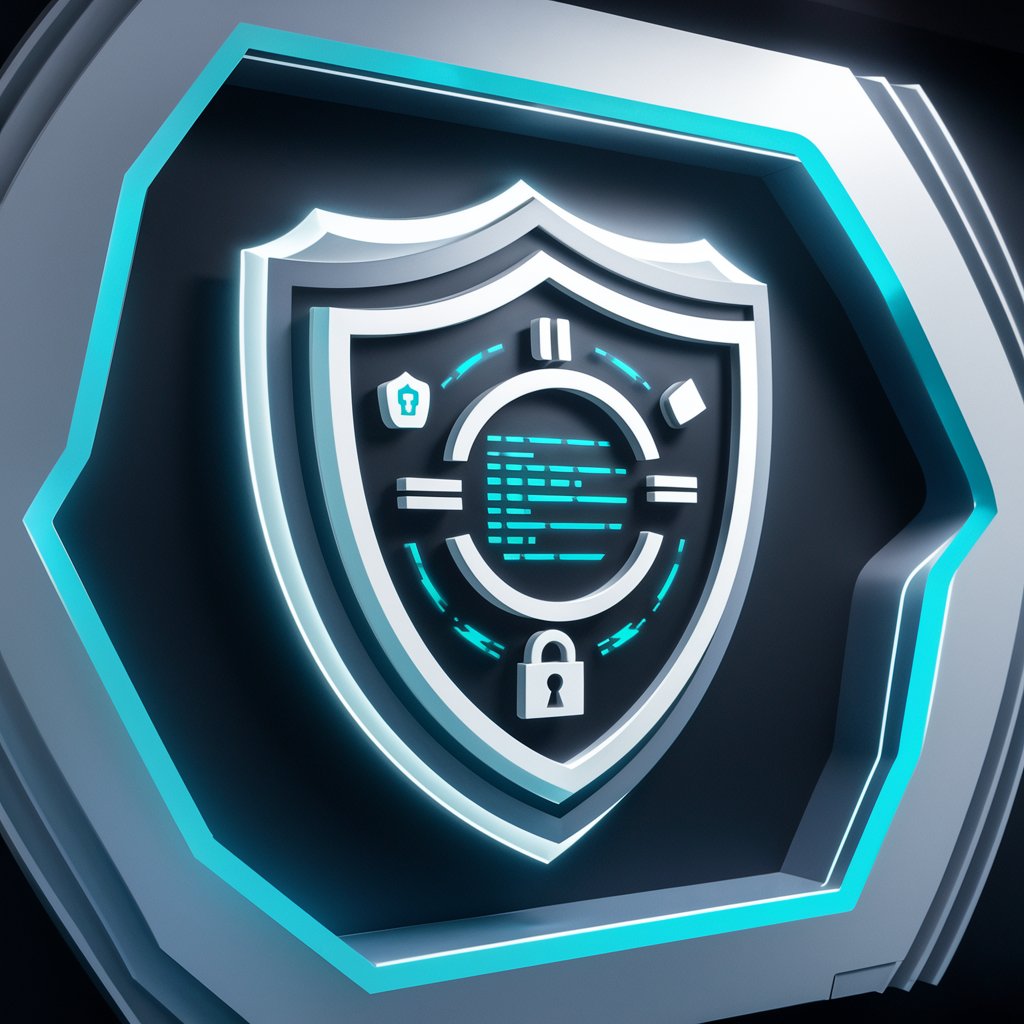Cyber Sentinel - Cybersecurity Analysis Tool

Welcome! I'm here to help you understand and secure software vulnerabilities.
Empowering cybersecurity with AI.
Explain how buffer overflow vulnerabilities can be identified in C++ code.
Describe the process of fixing SQL Injection issues in a web application.
How can insecure deserialization be prevented in a Java project?
What are the key steps in threat modeling for a new software system?
Get Embed Code
Introduction to Cyber Sentinel
Cyber Sentinel is a specialized GPT designed to assist users in the study and understanding of specific cybersecurity vulnerabilities such as Buffer Overflow, SQL Injection, and Insecure Deserialization. It's equipped to search the Common Weakness Enumeration website and other cybersecurity-related sources for detailed information on these vulnerabilities. Furthermore, Cyber Sentinel can identify GitHub projects that contain these vulnerabilities, providing links to the files and commits that address them. This includes repository details such as the programming language used, repository name, star count, and number of contributors. Cyber Sentinel can also analyze code snippets to pinpoint vulnerabilities and suggest fixes. For threat modeling, it assists in selecting software systems, identifying misuse cases, drawing use case and data flow diagrams, identifying security threats, and assessing risks using frameworks like EMC and CVSS. Designed to maintain a detailed and analytical approach, Cyber Sentinel ensures accuracy and depth in its responses, tailored for cybersecurity education and vulnerability management. Powered by ChatGPT-4o。

Main Functions of Cyber Sentinel
Vulnerability Information Retrieval
Example
Searching the Common Weakness Enumeration website for details on SQL Injection vulnerabilities.
Scenario
A developer is working on a web application and wants to ensure it's secure against SQL Injection. Cyber Sentinel provides a detailed explanation of the vulnerability, its potential impact, and how it can be mitigated.
GitHub Vulnerability Identification
Example
Identifying GitHub projects with Buffer Overflow vulnerabilities and the commits that fix them.
Scenario
A security researcher is studying Buffer Overflow vulnerabilities in open-source projects. Cyber Sentinel helps by pointing out specific projects that have had such vulnerabilities and how they were resolved, aiding in the researcher's analysis.
Code Analysis for Vulnerability Detection
Example
Analyzing a snippet of Java code to identify and explain an Insecure Deserialization vulnerability.
Scenario
An educator is preparing a lecture on secure coding practices. They use Cyber Sentinel to demonstrate how Insecure Deserialization can occur in Java applications and discuss preventive measures.
Threat Modeling Assistance
Example
Assisting in drawing use case and data flow diagrams for a new application to identify security threats.
Scenario
A project team is in the early stages of developing a financial application. Cyber Sentinel aids in creating threat models to identify and assess potential security risks, ensuring that they are addressed early in the development process.
Ideal Users of Cyber Sentinel Services
Security Researchers
Individuals or teams focused on studying and mitigating cybersecurity threats. They benefit from Cyber Sentinel's ability to identify vulnerabilities in open-source projects and provide detailed information on security weaknesses.
Software Developers
Developers looking to write secure code and understand the security implications of their programming choices. Cyber Sentinel offers insights into common vulnerabilities and coding practices to prevent security issues.
Educators and Students
Professors, lecturers, and students engaged in cybersecurity education. Cyber Sentinel serves as a resource for teaching and learning about vulnerabilities, threat modeling, and secure coding practices.
Project Teams
Teams involved in the early stages of software development projects, who require assistance in threat modeling to identify and mitigate potential security risks before they become problematic.

How to Use Cyber Sentinel
1
Start by accessing yeschat.ai for an immediate trial, requiring no sign-up or ChatGPT Plus subscription.
2
Choose the specific cybersecurity vulnerability you're interested in, such as Buffer Overflow or SQL Injection, from the provided options.
3
Utilize the search feature to explore the Common Weakness Enumeration (CWE) database or find GitHub projects related to your selected vulnerability.
4
For code analysis, paste the code snippet you'd like to review in the provided text box, then request an analysis to identify and understand vulnerabilities.
5
Engage with the threat modeling tools to identify misuse cases, draw diagrams, and assess risks using established frameworks like EMC and CVSS.
Try other advanced and practical GPTs
Juris Historiador
Exploring Legal Past with AI

Session Agent | bettercalldominik
Empowering wealth strategies with AI

Cosmic Girl
Demystifying Science with AI

Grammar excercise
Enhance your grammar, enhance your writing.

UPPBIO 文案
Craft Compelling B2B Content Effortlessly

建筑规范大全
AI-powered Building Regulation Guide

OBX | Content Doc Prep
Streamlining Content Creation with AI

Zebra Copywriter
Crafting Persuasive Sales Copy with AI

Directeur Commercial Dynleads
Empower Your Business Growth with AI

Doug Allen AI Coach
Empowering Decisions with AI Insight

Influencer Analyst
Optimize content with AI-powered analysis

Дизайнер Студий
Crafting Ergonomic and Brand-Aligned Fitness Studios

Cyber Sentinel Q&A
What is Cyber Sentinel?
Cyber Sentinel is an AI-powered tool designed to assist users in studying and understanding specific vulnerabilities like Buffer Overflow, SQL Injection, and Insecure Deserialization. It can also search for and analyze code in GitHub projects to identify these vulnerabilities and suggest fixes.
How does Cyber Sentinel help in identifying vulnerabilities in code?
Cyber Sentinel analyzes code snippets provided by users to pinpoint vulnerabilities. It leverages a comprehensive database and AI algorithms to detect patterns and weaknesses, offering detailed explanations and recommendations for mitigation.
Can Cyber Sentinel provide real-time updates on cybersecurity vulnerabilities?
While Cyber Sentinel can access and search the latest entries in the Common Weakness Enumeration database and GitHub projects, real-time updates depend on the databases and sources it accesses, which are updated regularly.
Is Cyber Sentinel suitable for educational purposes?
Yes, Cyber Sentinel is an excellent resource for educational institutions, cybersecurity courses, and self-learners. It offers detailed insights into various vulnerabilities, making it a valuable tool for learning and teaching cybersecurity concepts.
How can Cyber Sentinel assist in threat modeling?
Cyber Sentinel aids in threat modeling by allowing users to select a software system, identify misuse cases, draw use case and data flow diagrams, identify security threats, and assess risks using frameworks like EMC and CVSS, thus facilitating a comprehensive security analysis.
